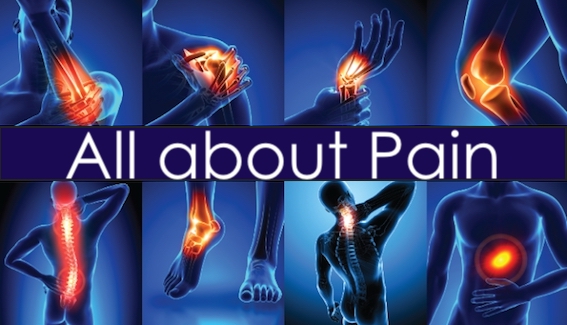Today’s post is a bit of an Overview of Homeopathy.
I was recently speaking with a Homeopath about how the treatment works. I found the concept quite interesting and thought I would share.
Homeopathy, like most of the natural therapies, works on treating the body as a whole. Working on the premise that if you give the body the right tools, it will heal itself.
The history
In the late 1700’s Samuel Hahnemann developed the central idea of homeopathic medicine. This was the principle of ‘like cures like’ or the ‘law of similars’.
Hahnemann also came to assume that the body was highly sensitive to drugs during illness. He prescribed very small doses of drugs – hence the expression ‘homeopathic doses’ for very small amounts.
Homeopathy spread rapidly through Europe in the early 1800s. The first homeopathic hospital opened in 1832 in Leipzig. In 1835, Hahnemann moved to Paris, where he was a popular practitioner until his death in 1845.
So how is it meant to work?
The basic principle behind homeopathy is “like cures like.” In other words, something that brings on symptoms in a healthy person can, in a very small dose, treat an illness with similar symptoms. This process is meant stimulate the body’s own natural healing response.
Homeopathy works on treating the “whole person”. This means that two people presenting with the same complaint may receive a different medicine based on their individual symptoms and emotional response to the illness.
Homeopathic practitioners repeatedly dilute these ingredients by adding water or alcohol. Homeopaths also believe that the lower the dose, the more powerful the medicine. In fact, many of the remedies no longer contain any traceable molecules of the original substance.
Conditions that are most commonly treated by homeopaths include – coughs, colds, hay-fever and travel sickness.
Does it work?
Homeopathy has had quite a lot of bad press. Numerous doctors and researchers have reported that the practice does not work and is nothing more than a placebo.
As is the case with many alternative or natural healing practices, there are people who have had success with the treatment and those that have not.
Interestingly, while conducting my research, I found out that the ‘like cures like’ principle is also used for vaccinations.
To immunise against viral diseases – such as polio and measles – the vaccine usually incorporates virus particles that have been weakened or killed. With providing immunity against bacterial diseases – such as tuberculosis, diphtheria and cholera – introducing an inactivated portion of the bacteria, or its toxic products, is used. Vaccinations are used to stimulate the body’s immune system to increase antibody formation.
With this in mind, is it such a stretch to consider that homeopathic treatment can work for some individuals?
My personal experience with homeopathy is so far a positive one. I have found the treatment to be effective in managing menopause symptoms.
On that note, do your own research before taking on any kind of treatment and discuss your situation with a reputable health professional.
Till the next post,
Live clean n prosper
(Sources – http://broughttolife.sciencemuseum.org.uk, www.wikipedia.org, www.homeopathyoz.org o



